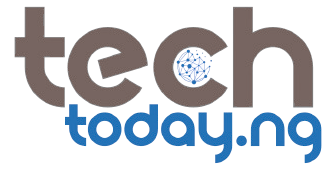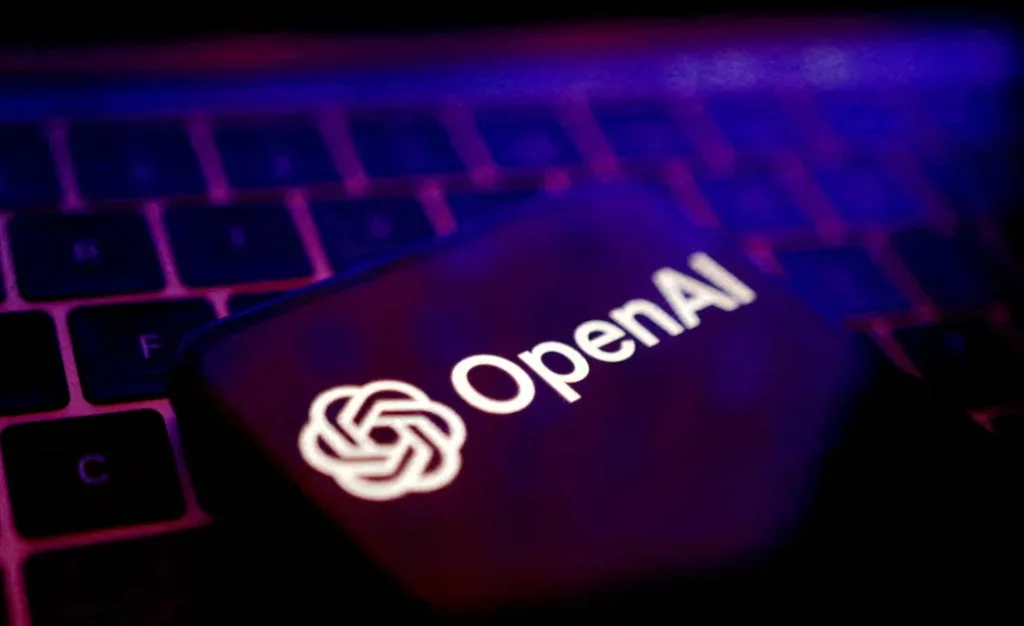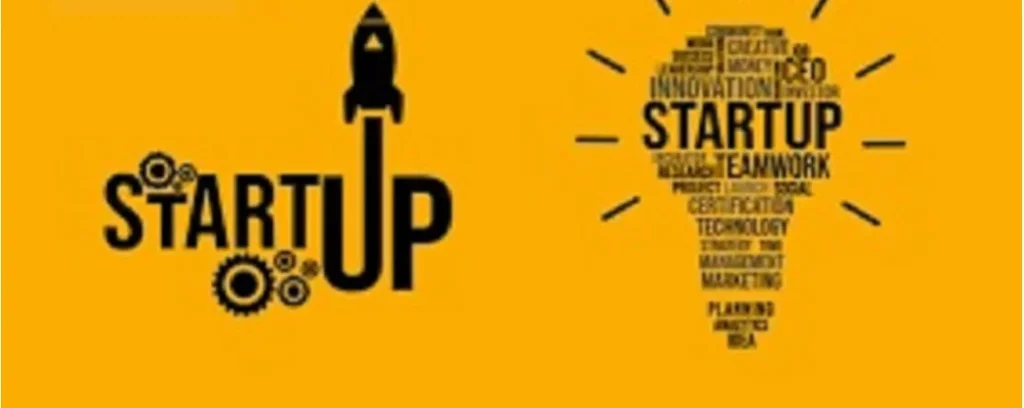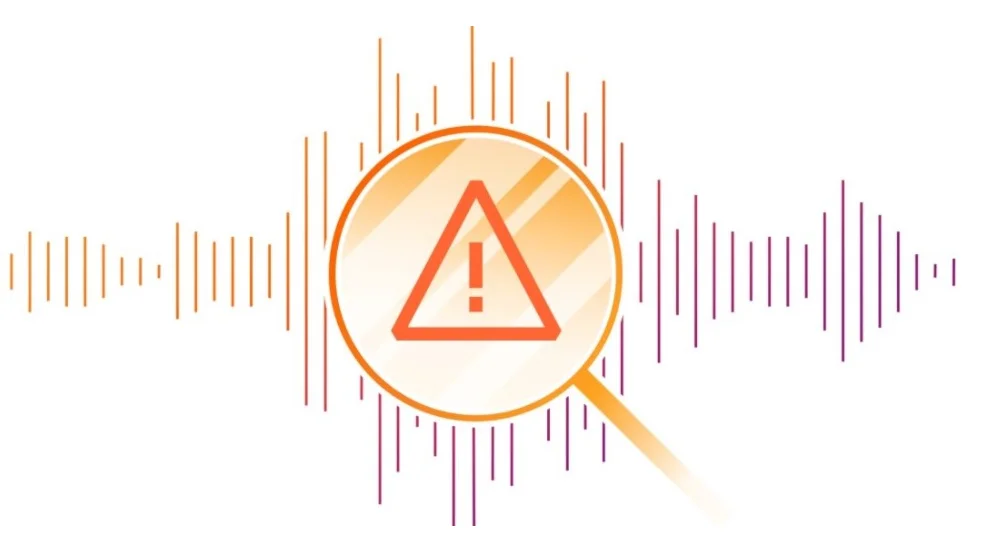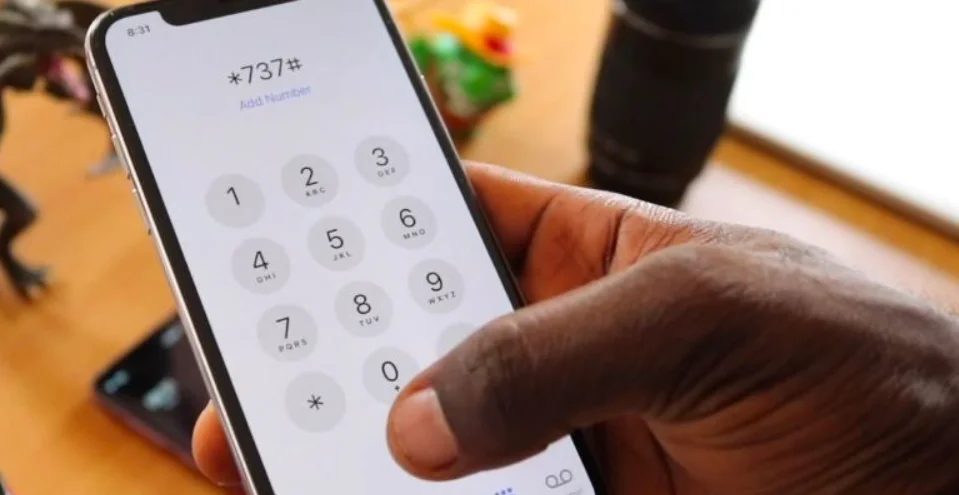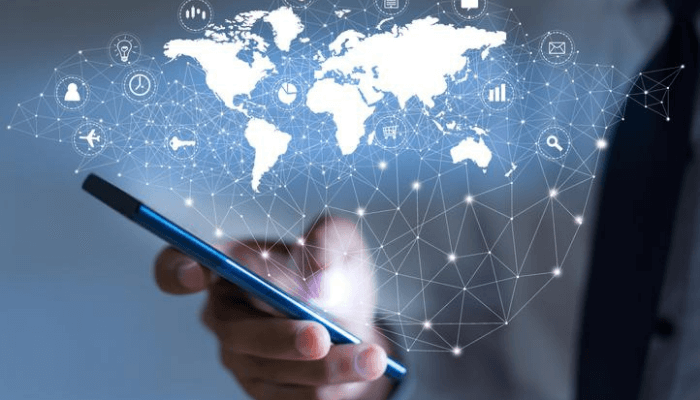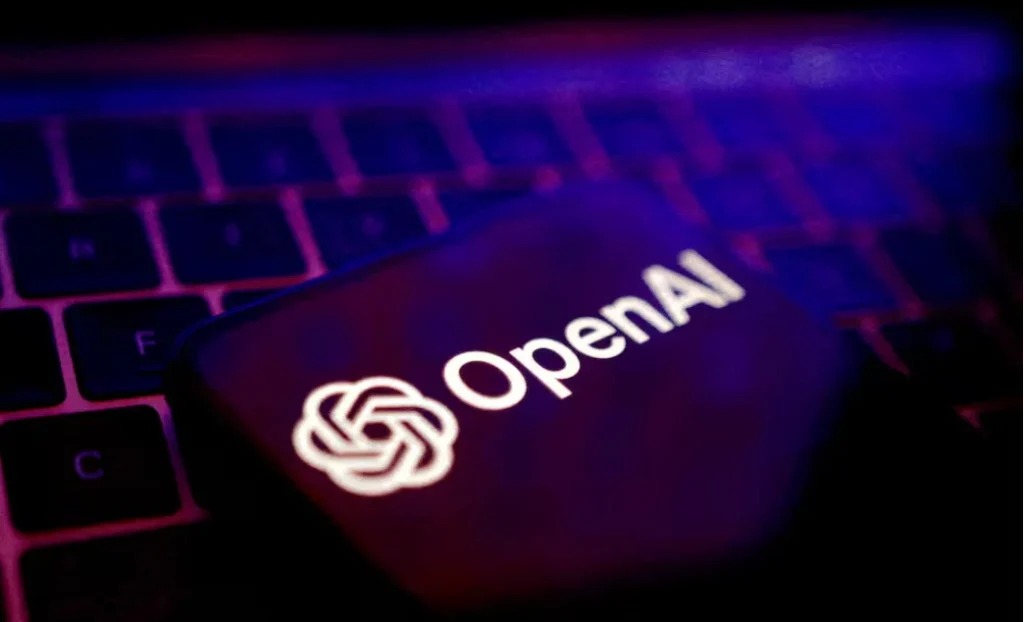ChatGPT Use Extends Beyond the Workplace
A recent OpenAI study, published as a National Bureau of Economic Research (NBER) working paper, has revealed a surprising trend: 70% of ChatGPT queries are unrelated to work.
Instead, the majority of users turn to ChatGPT for personal guidance, writing assistance, and quick information, showing how deeply the AI tool has become part of people’s everyday lives.
The research, led by OpenAI’s Economic Research team and Harvard economist David Deming, analysed 1.5 million anonymised conversations to uncover how consumers are using ChatGPT.
ChatGPT by the Numbers
The report highlights explosive growth in ChatGPT usage:
- 700 million weekly active users by July 2025.
- 2.5 billion daily messages, or roughly 29,000 per second.
- Only 30% of queries were tied to professional or workplace use.
- The remaining 70% reflected personal needs, such as writing, advice, or general information.
This underscores that ChatGPT is more of a personal assistant than just a workplace productivity tool.
How People Use ChatGPT: Work vs. Personal
Work-Related Usage (30%)
For professional use, writing remains the dominant task:
- 42% of work-related queries involve writing, particularly by managers and business professionals.
- Two-thirds of writing tasks were editing or improving drafts, showing that users treat ChatGPT as a collaborator rather than a generator.
- Niche uses include coding (4.2%) and self-reflection (1.9%), both of which are less common compared to writing support.
Personal Usage (70%)
For personal needs, users rely on ChatGPT for three main categories:
- Practical guidance (life advice, problem-solving).
- Writing support (drafting personal messages, emails, or documents).
- Information seeking (fact-checking, research, learning).
Together, these account for nearly 78% of all consumer queries.
Global Adoption and Demographics
The study also shows broadening adoption across genders and regions:
- In early 2024, only 37% of users had feminine names; by mid-2025, that rose to 52%, narrowing the gender gap.
- Adoption in low- and middle-income countries grew at rates four times higher than in wealthier nations.
OpenAI noted this trend proves AI is no longer limited to early adopters, but is becoming a universal tool across demographics.
“This widening adoption underscores our belief that access to AI should be treated as a basic right—a technology that people can access to unlock their potential and shape their own future,” OpenAI stated.
GPT-5 and the Future of AI Adoption
In August 2025, OpenAI marked a milestone of 700 million weekly users with the launch of GPT-5, its most advanced AI model yet.
Described as “the smartest, fastest, most useful model yet,” GPT-5 offers:
- Improved reasoning and accuracy.
- Faster responses and enhanced structured thinking.
- Enterprise adoption across multiple sectors.
This release strengthens ChatGPT’s role in both personal life and business operations, bridging the gap between casual users and enterprise applications.
Conclusion
The OpenAI study shows that ChatGPT is more than just a work assistant—it’s a tool for daily living. With 70% of usage devoted to personal tasks, the AI has cemented itself as a trusted source of guidance, writing support, and information.
As GPT-5 pushes adoption even further, ChatGPT is proving to be a global digital companion, shaping how millions of people work, learn, and live every day.
